Disclosure: This article contains affiliate links. We may earn a commission from purchases at no extra cost to you, which helps our travel content.
Standing on the platform at T-Centralen station, watching the striking blue cave-like ceiling arching above me, I was reminded of ancient ceremonial chambers I'd documented in Peru. ¡Qué maravilla! Stockholm's metro isn't just transportation—it's the world's longest art gallery spanning 110 kilometers. After countless expeditions across five continents, I've developed a sixth sense for efficient transport systems, and Stockholm's network ranks among the most intuitive I've encountered. Whether you're traveling with niños pequeños or adventurous teenagers, this comprehensive guide will transform you from confused tourist to confident navigator faster than you can say 'Nästa station'.
Understanding Stockholm's Transport Landscape
Stockholm sprawls across 14 islands, making its public transport system not just convenient but essential for exploration. The network consists of tunnelbana (metro), buses, trams, commuter trains, and ferries—all operated under the unified SL (Storstockholms Lokaltrafik) system.
During my week documenting the city's vibrant street art scene last autumn, I discovered that mastering this integrated system is your key to unlocking Stockholm without breaking the bank. The metro's three main lines—red, green and blue—form the backbone of the network, with the blue line housing the most spectacular station art.
For families, I recommend basing yourselves near a major tunnelbana station. My small apartment near Slussen provided perfect access to both Gamla Stan (Old Town) and Södermalm's hip neighborhoods. Before arriving, download the official SL app—far more reliable than third-party alternatives I've tested across dozens of cities. For offline navigation, I always carry a waterproof city map which has saved me countless times when my phone battery has died during long exploration days.
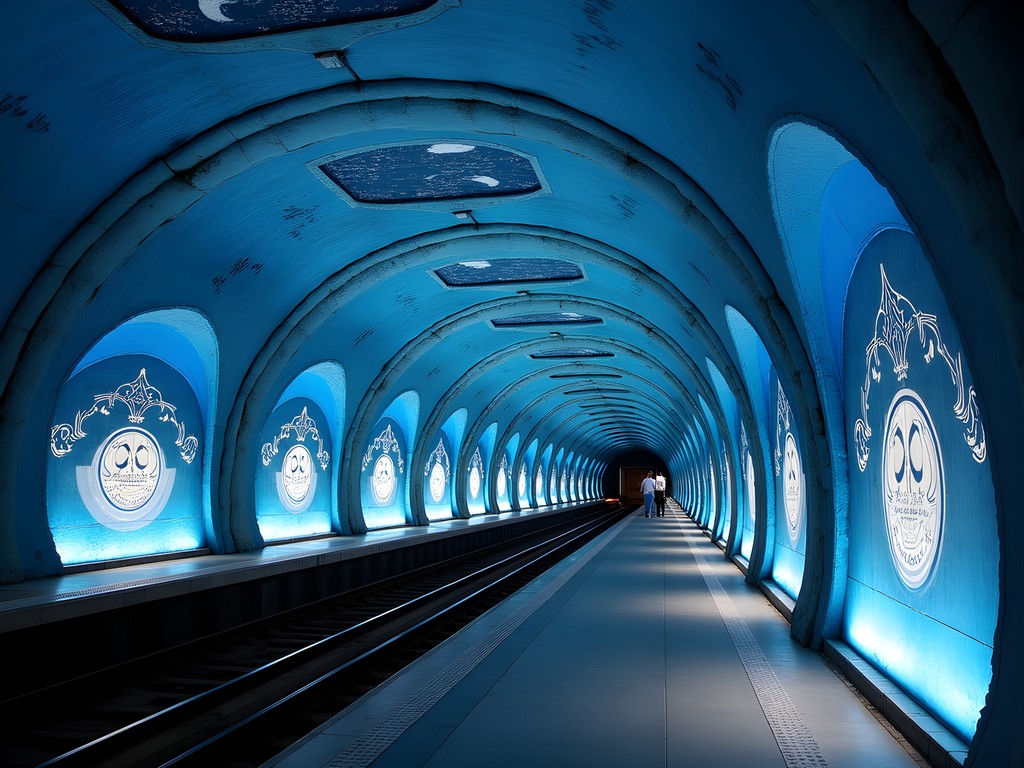
💡 Pro Tips
- Download the SL app before arriving for real-time updates and journey planning
- Stay near a major tunnelbana station to maximize accessibility
- Look up at the ceiling in metro stations—each one features unique artistic designs
Decoding the SL Card System
After navigating payment systems from Patagonia to the Australian Outback, I can confidently say Stockholm's SL card options require strategic thinking—especially for families on a budget.
The SL Access card itself costs 20 SEK (approximately $2) and is reloadable. You have two main options: single tickets or travel cards. For a family of four staying a week, the 7-day travel cards will almost certainly be your most economical choice.
During my recent documentation project, I calculated that I broke even on the 7-day card after just 10 rides—roughly two days of exploration. The beauty of these cards is their comprehensive coverage; your ticket works across all transport modes, including those charming ferry rides to Djurgården where the ABBA museum awaits.
Children under 7 travel free with a paying adult (up to 6 children per adult), while those aged 7-17 qualify for reduced fares. ¡Qué ganga! What a bargain! When traveling with my sister's family last summer, we saved significantly by having one adult accompany multiple children.
I recommend purchasing your SL cards immediately upon arrival at Arlanda Airport. Skip the ticket machines (which sometimes reject foreign credit cards) and head to the SL Center or Pressbyrån convenience stores, where staff can explain options in English. My travel money belt keeps cards and kronor secure yet accessible—essential when herding excited children through busy stations.
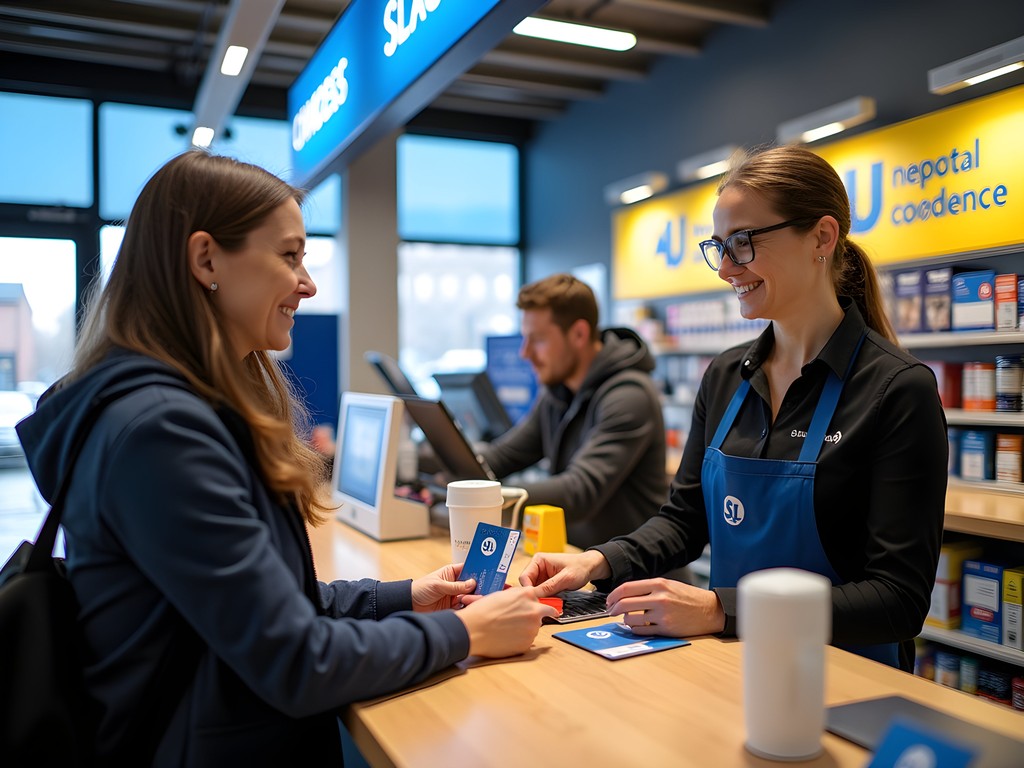
💡 Pro Tips
- Purchase your SL Access card immediately upon arrival
- For stays of 4+ days, the 7-day travel card is usually the best value
- Keep track of children's ages—under 7s travel free with a paying adult
Tunnelbana: Stockholm's Underground Marvel
The tunnelbana isn't just Stockholm's transportation backbone—it's a cultural experience that rivals many conventional museums. As someone who's documented archaeological sites worldwide, I was astonished by how these stations transform utilitarian spaces into artistic statements.
The system consists of three main lines: Blue, Red, and Green, each with distinctive station designs. For families, I've crafted an 'Art Station Safari' that turns transit into an adventure. Challenge children to spot specific elements: the abstract patterns at Rådhuset, the rainbow at Stadion, or the archaeological excavation at Kungsträdgården.
During off-peak hours (avoid 7:30-9:00 AM and 4:00-6:00 PM), we embarked on what I call 'station hopping'—riding between the most spectacular stations without exiting the paid zone. Solna Centrum's dramatic red cave ceiling had my nephew convinced we'd entered the center of the earth.
For keeping children engaged during longer journeys, I recommend the Swedish card games which teaches Swedish customs while entertaining the little ones. My sister's children were so engrossed they nearly missed our stop!
Navigational tip from my wilderness training: always note the final destination displayed on the platform screen and train front—this indicates the line's direction. Announcements come in both Swedish and English, but station names can sound similar to untrained ears.
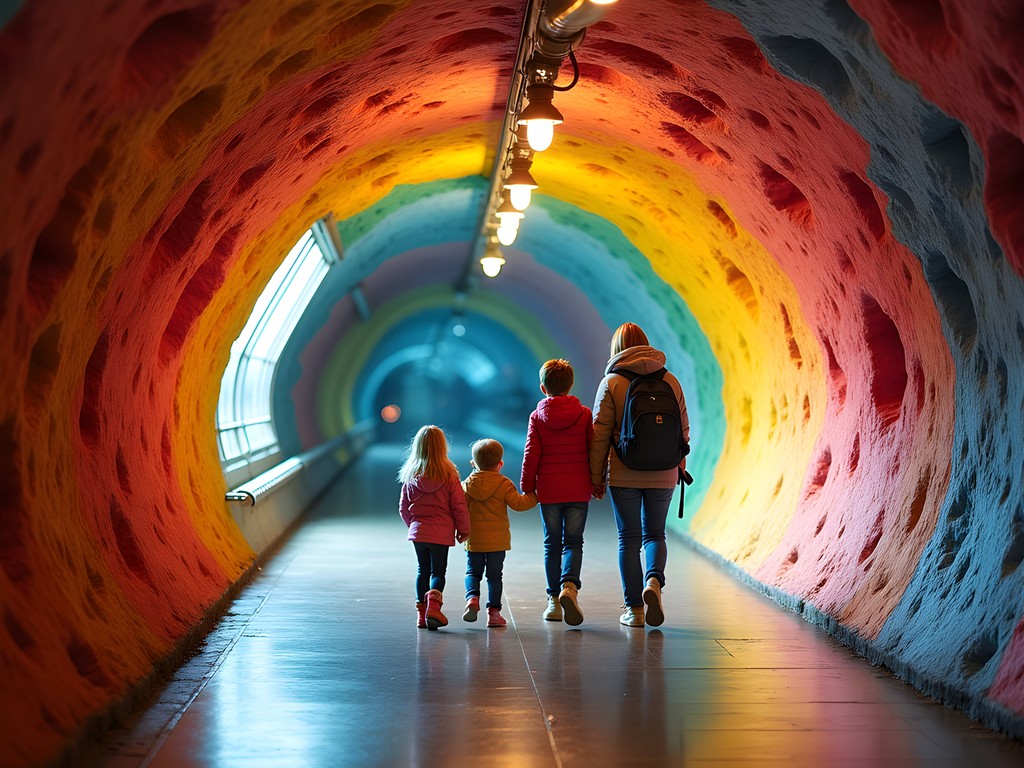
💡 Pro Tips
- Create a 'station spotting' game for children to turn transit into an adventure
- Travel during off-peak hours for a more relaxed experience
- Take photos in stations—unlike many metro systems worldwide, photography is permitted
Beyond the Tunnelbana: Buses, Trams, and Ferries
While the tunnelbana forms Stockholm's transit backbone, the city's complete transport ecosystem includes buses, trams, and ferries that access areas beyond the metro network.
Buses complement the tunnelbana perfectly, with blue buses serving inner-city routes and red buses connecting suburban areas. For families, I recommend the #69 bus route—Stockholm's scenic equivalent to a hop-on-hop-off tour but at a fraction of the cost. It passes Sergels Torg, Nybroplan, and Djurgården, with magnificent views along the waterfront.
The historic tram line 7 holds special significance for me. While documenting Stockholm's evolution of street art, I rode this line repeatedly, connecting Sergels Torg with Djurgården's museums. Children are particularly enchanted by these charming vehicles that seem plucked from another era.
But perhaps Stockholm's most magical transport experience comes via its ferry network. Your SL card grants access to these water routes, including the short hop between Slussen and Djurgården. ¡Qué experiencia tan hermosa! During summer months, I recommend timing your ferry crossing for golden hour—the light dancing across the archipelago creates photographic magic.
For families with active children needing to burn energy between sightseeing, the ferry rides provide welcome respite. My compact travel games kept my friend's children happily occupied during longer ferry journeys to outer islands like Vaxholm, while adults enjoyed the spectacular archipelago views.

💡 Pro Tips
- Use bus #69 as a budget alternative to tourist buses
- Consider ferry routes as both transportation and sightseeing opportunities
- Sit on the right side of the ferry to Djurgården for the best Old Town views
Family-Friendly Routes and Hidden Gems
After decades of expedition planning across challenging terrains, I've developed a knack for efficient route design. For families visiting Stockholm, strategic planning can transform your experience from exhausting to exhilarating.
Start your Stockholm adventure with what I call the 'Three-Island Day': Begin at T-Centralen, explore Gamla Stan (tunnelbana green or red line to Gamla Stan station), then take the ferry to Djurgården for museums, followed by bus #76 to trendy Södermalm. This route minimizes backtracking while showcasing three distinct Stockholm characters.
For rainy days—not uncommon in Stockholm—I've perfected an indoor route I call the 'Underground Odyssey.' Start at Kungsträdgården station (blue line) with its unique cave-like atmosphere, then progress through T-Centralen, Rådhuset, and finally the cavernous Solna Centrum with its dramatic red ceiling. The entire journey becomes an underground museum tour.
Families with strollers should note that while newer stations have elevators, some historic stations don't. My foldable backpack proved invaluable when my friend needed to carry her sleeping toddler up unexpected stairs at older stations.
Don't miss Stockholm's most family-friendly transport secret: the Djurgården tram (line 7). Beyond practical transportation, it's an attraction itself, using historic tram cars that delight children. My nephew insisted on riding it three times during our visit—the front seats offer particularly magical views across the water to Strandvägen's elegant buildings.

💡 Pro Tips
- Plan routes that minimize transfers when traveling with children
- Use the SL app to check accessibility features for stations when traveling with strollers
- Consider purchasing the 24-hour or 72-hour cards for intensive sightseeing days
Final Thoughts
As our ferry glided back toward Slussen on my final Stockholm evening, the golden light illuminating Gamla Stan's spires, I reflected on how this city's transport system had become not just a means of movement but an integral part of our experience. In my decades of global exploration—from Patagonian wilderness to remote Andean sites—I've learned that understanding local transportation transforms a visitor into a temporary local. El viaje es tan importante como el destino—the journey matters as much as the destination.
Stockholm's public transport offers more than efficiency; it provides a lens through which to understand this city's unique character: progressive, design-conscious, and intimately connected to both water and underground rock formations that remind me of ancient ceremonial spaces. For families especially, mastering these connections creates a rhythm to your days that children find comforting amid new experiences.
So purchase your SL cards, download the app, and approach Stockholm's stations not as mere transit points but as gateways to understanding this remarkable archipelago city. ¡Buen viaje, amigos! The blue line tunnels and island-hopping ferries await your discovery.
✨ Key Takeaways
- The 7-day SL card offers the best value for families staying a week
- Stockholm's tunnelbana doubles as the world's longest art gallery
- Children under 7 travel free with a paying adult
- Ferry routes are included in your SL card and provide scenic views
- Plan station-hopping adventures during off-peak hours for a unique cultural experience
📋 Practical Information
Best Time to Visit
year-round, though summer offers longer daylight hours for exploration
Budget Estimate
$30-40 per person for weekly transport (using 7-day cards)
Recommended Duration
7 days to fully explore Stockholm via public transport
Difficulty Level
Easy


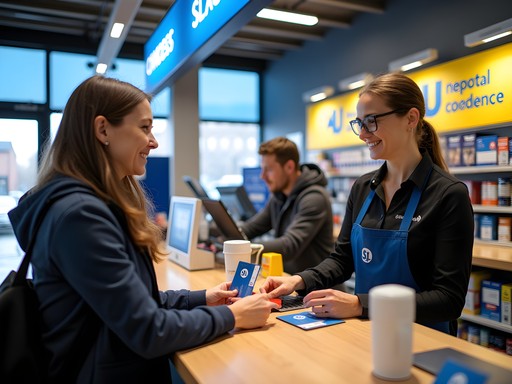

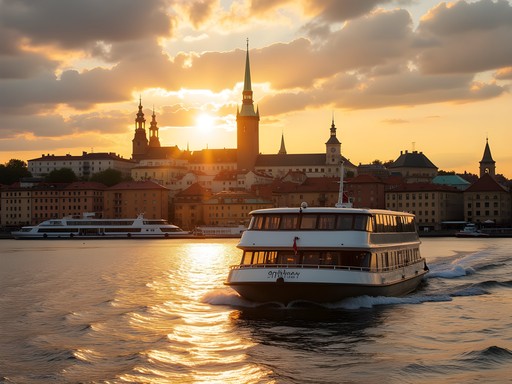
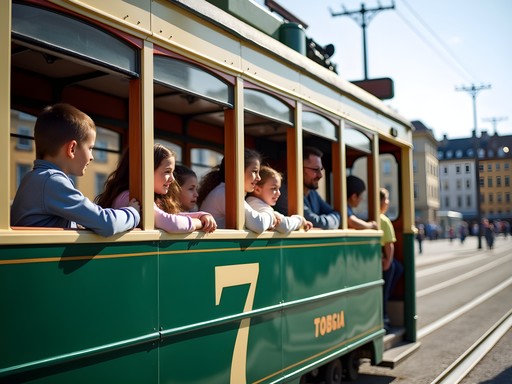



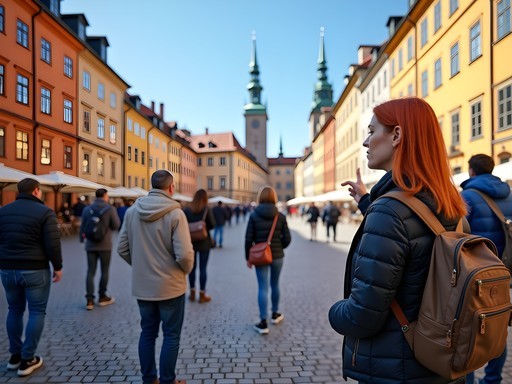


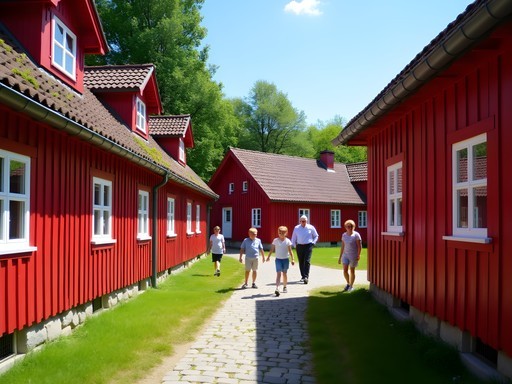
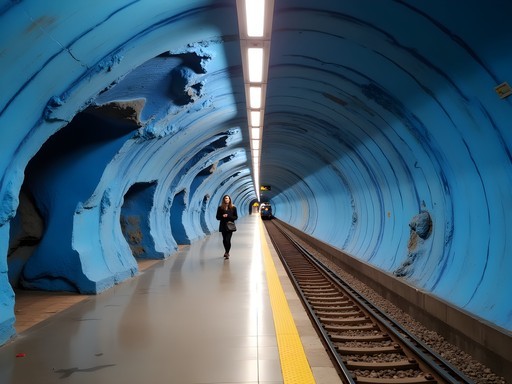
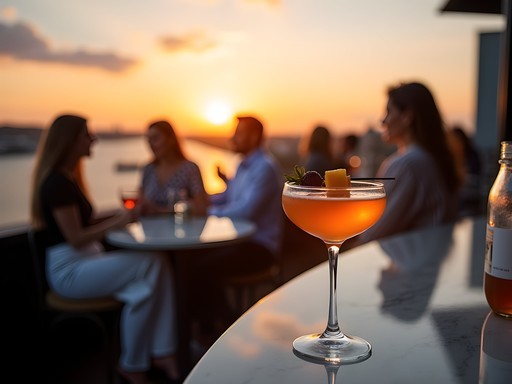

Comments
wavewanderer
Is it worth getting a 24-hour pass if I'm just in Stockholm for a day? Or should I just pay per ride?
backpackbackpacker
Definitely get the 24hr pass! We did the math and you only need to take 4-5 rides to make it worth it. Plus it's so convenient not having to buy tickets each time.
wavewanderer
Thanks for the advice! Will definitely get the day pass then.
Frank Garcia
Brilliant breakdown of Stockholm's transport system! I was there during winter and found the tunnelbana especially valuable when temperatures dropped. One tip I'd add - if you're staying for 3+ days, the 72-hour pass is much better value than daily tickets. Also, don't miss taking the pendeltåg (commuter train) out to Sigtuna for a day trip - it's Sweden's oldest town and the journey itself offers great views of the countryside. I tracked all my journeys using CityMapper which was invaluable for figuring out complex routes combining different transport types.
luckymate
Going to Stockholm in September with my elderly parents. How accessible is the tunnelbana for someone with mobility issues?
Rachel Hayes
Hi luckymate! Most central stations have elevators, but not all of them. I'd recommend downloading the SL app which shows accessibility features for each station. The buses are all low-floor and very accessible too!
luckymate
Thanks Rachel! That's really helpful. Will definitely get the app before we go.
backpackbackpacker
Just got back from Stockholm last week! The SL card was a LIFESAVER. We got the 7-day one and used it constantly. The tunnelbana is so efficient, and we never waited more than 5 mins even late at night. Plus those stations!! I must have taken 200 photos of just the stations alone. The ferry to Djurgården was included too which was an awesome surprise. Rachel, your tip about downloading the SL app saved us so much confusion!
trippro
That blue ceiling at T-Centralen is incredible! Stockholm's metro stations are like art galleries.
Frank Garcia
They really are! I spent an entire day just hopping between stations taking photos. Solna Centrum with its dramatic red cave aesthetic was my favorite.
trippro
Oh nice! I missed that one. Adding it to my list for next time!
skyvibes
Pro tip for anyone visiting: grab a seat on the right side of the ferry when heading from Slussen to Djurgården for the best views of Gamla Stan and the Royal Palace. I've been to Stockholm 5 times and still take this route just for the views! Also, the Arlanda Express from the airport is super efficient but pricey - if you're not in a hurry, the commuter trains (pendeltåg) are covered by the SL card and get you to the city center in about 40 minutes.
northernlights123
Those station photos are incredible! I had no idea Stockholm's subway was so artistic!
adventureblogger
Those blue walls at T-Centralen are SO Instagram-worthy! Great post!
travelwithkids
Are strollers allowed on the tunnelbana? Planning a trip with our 2-year-old next spring.
Rachel Hayes
Yes! Stockholm is super family-friendly. Strollers are welcome on all public transport, and children under 7 travel free with a paying adult. There are even designated spaces for strollers on buses and trains.
travelwithkids
That's such a relief to hear! Thanks Rachel!
oceanninja
Those photos of the subway stations are incredible! Never knew public transport could be so beautiful!
Venture X
Premium card with 2X miles, $300 travel credit, Priority Pass